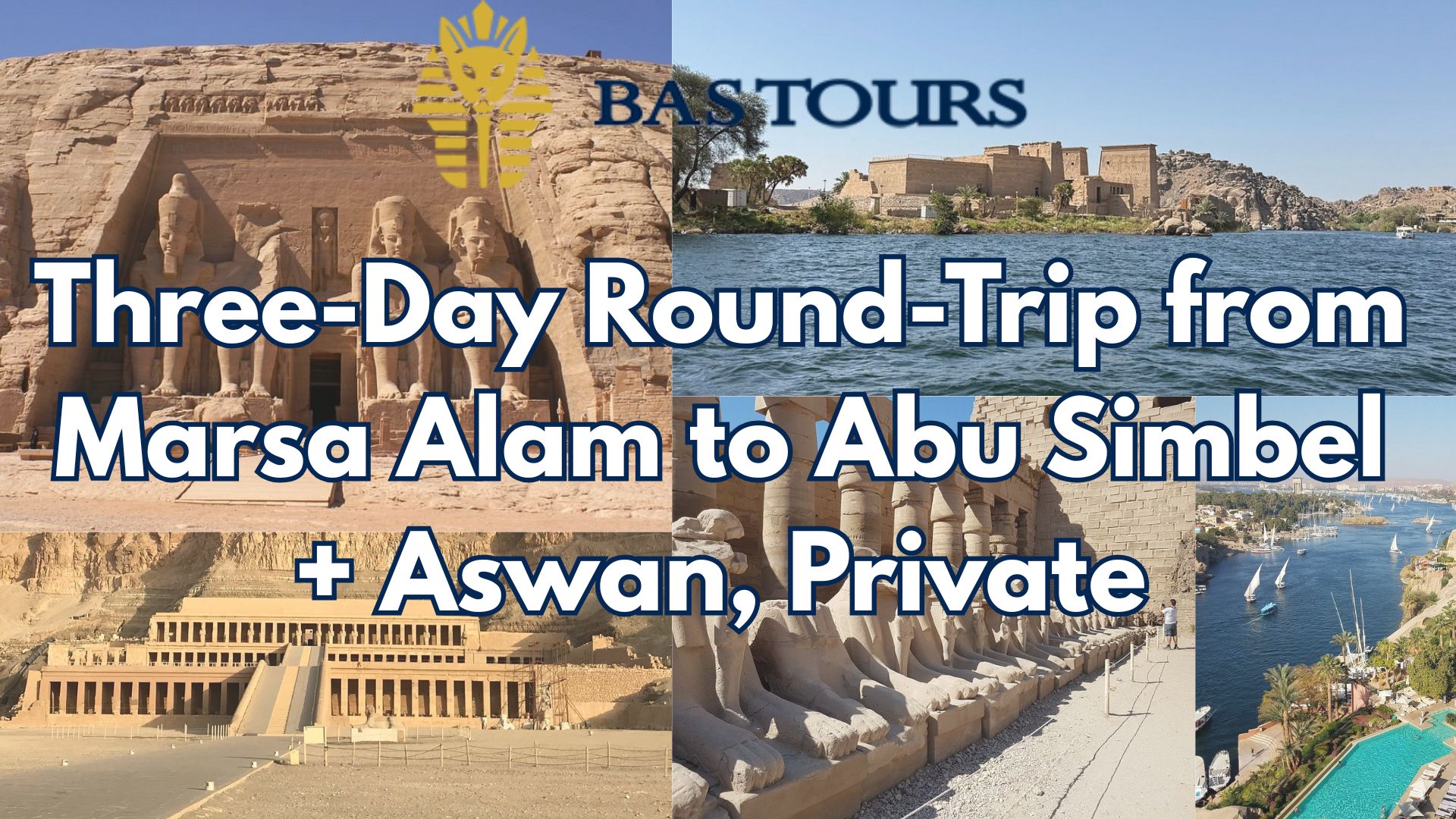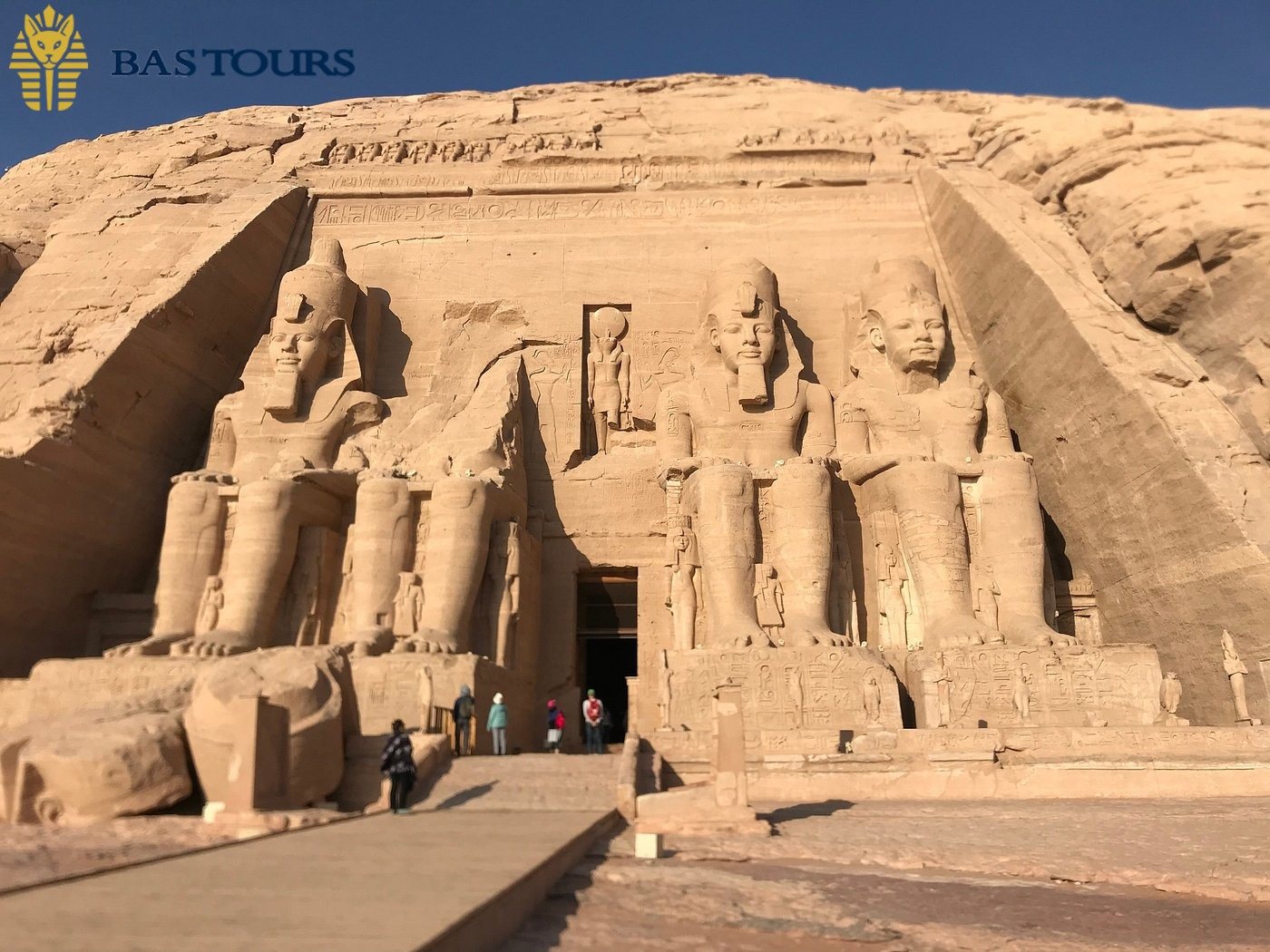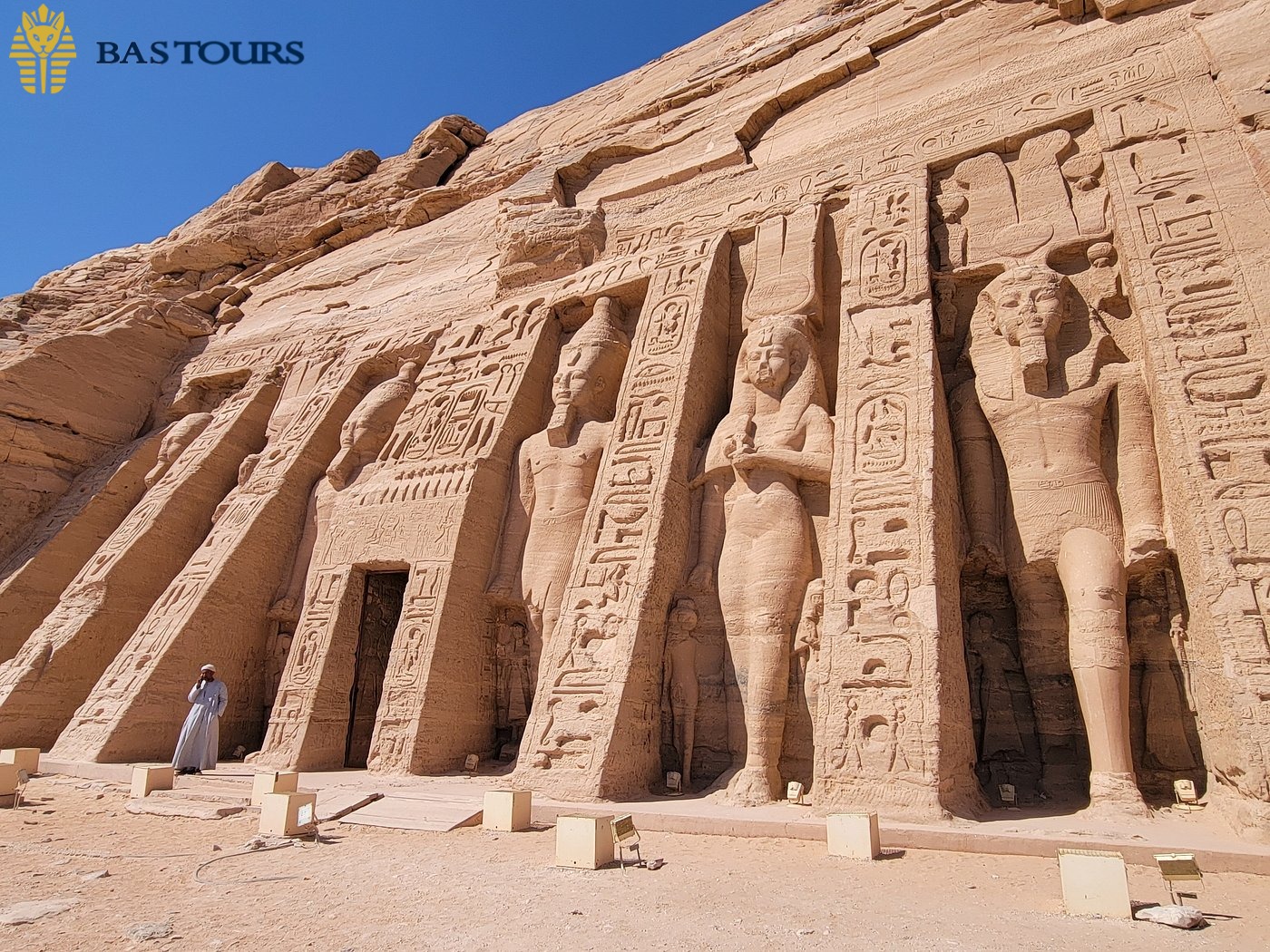Day 1 – Discover Ancient Luxor Treasures: Valley of the Kings & Karnak Temples
Begin your private expedition from Marsa Alam to Luxor, where timeless wonders await. From the silent tombs of the Valley of the Kings to the majestic colonnades of Karnak and Luxor Temples, your day will be filled with pharaonic marvels, royal legacies, and optional evening experiences that illuminate Egypt’s golden past under the stars.
Private Transfer from Marsa Alam to Luxor
Your unforgettable Three-Day Round-Trip from Marsa Alam to Abu Simbel + Aswan, Private begins with a smooth and scenic private transfer from Marsa Alam to Luxor. Departing just before sunrise, you’ll be picked up directly from your hotel by a comfortable, air-conditioned private vehicle, designed for both relaxation and convenience during your journey across Egypt’s eastern desert.
As the sun rises over the Red Sea mountains, the tranquil road unveils dramatic desert landscapes and vast golden plains stretching toward the Nile Valley. Your experienced driver ensures a safe and peaceful ride, with rest stops available along the way for refreshments, scenic photo opportunities, or simply to stretch your legs. Unlike crowded buses or rushed group tours, this private transfer offers complete flexibility—you travel at your pace, in your space.
The route—approximately 5 hours—gives you time to unwind, take in the natural beauty, and anticipate the ancient wonders awaiting you in Luxor, the former capital of the Pharaohs. Along the way, your guide may share stories about the region’s history or highlight fascinating landmarks passed on the route.
Upon arrival in Luxor, the tone of your journey shifts from serenity to splendor as you stand on the threshold of one of the world’s greatest open-air museums. The transition from coastal calm to the grandeur of Thebes is seamless, and you’ll be ready—energized and refreshed—for your deep dive into Pharaonic civilization.
This private transfer from Marsa Alam to Luxor isn’t just transportation—it’s the comfortable, personalized beginning of an epic Egyptian adventure.
Are you ready to uncover the secrets hidden within Luxor’s ancient tombs and temples?
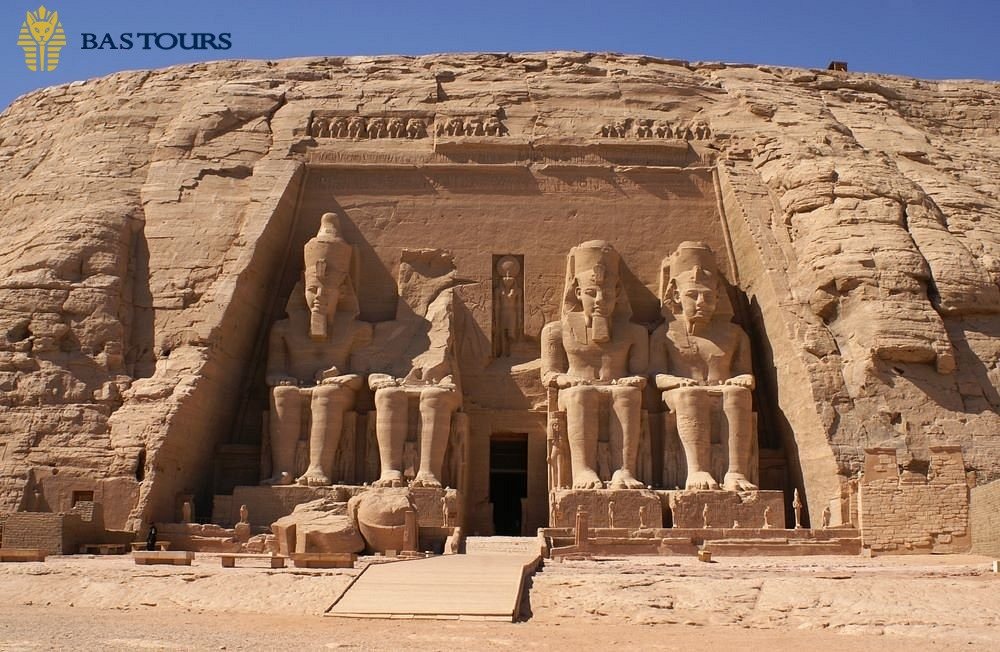
Explore the Valley of the Kings
Step into the timeless realm of the Pharaohs as you explore the Valley of the Kings, one of the most awe-inspiring archaeological sites on Earth. Nestled on the west bank of the Nile near Luxor, this ancient necropolis served as the final resting place for Egypt’s most powerful rulers from the New Kingdom, including Tutankhamun, Ramses II, and Seti I.
With your expert guide leading the way, you’ll enter hand-selected tombs that reveal intricate wall carvings, colorful hieroglyphics, and mythological scenes designed to guide the Pharaohs into the afterlife. Each chamber tells a different story, carved in silence over 3,000 years ago, yet still pulsing with spiritual energy and royal grandeur.
What makes the Valley of the Kings experience unforgettable is not just its historical weight, but its surreal atmosphere. The valley’s golden cliffs rise solemnly around you, echoing with mystery, while the cool, dim tomb interiors contrast sharply with the desert sun above—creating an immersive time-travel sensation.
You may visit the famous Tomb of Tutankhamun, where the boy-king was discovered by Howard Carter in 1922, or opt for the elaborately decorated Tomb of Ramses V and VI, showcasing cosmic themes and rich symbolism. Photography is now allowed inside many tombs, so don’t forget your camera to capture the vivid ancient art.
This isn’t just sightseeing—it’s a journey into Egypt’s royal afterlife.
What stories will the walls of the Valley whisper to you as you walk through the gates of eternity?

Visit the Temple of Queen Hatshepsut
Standing proudly beneath the towering cliffs of Deir el-Bahari, the Temple of Queen Hatshepsut is a true architectural masterpiece that defies time. As you approach its grand, terraced design, carved directly into the limestone mountain, you’ll instantly feel the power and legacy of one of Egypt’s most influential female pharaohs.
This temple isn’t just a monument — it’s a political statement in stone. Queen Hatshepsut, who ruled Egypt as a king for over two decades, commissioned this structure to legitimize her reign and celebrate the divine birth that tied her to the gods. Unlike any other structure in the Theban Necropolis, the temple blends seamlessly with the natural cliffs behind it, creating a surreal harmony between human design and the sacred landscape.
Inside, your guide will bring to life the stunning reliefs and scenes carved into the walls: a famous trading expedition to Punt, offerings to Amun-Ra, and symbolic depictions of her transformation from queen to king. You’ll walk through colonnaded halls and sacred chapels dedicated to Hathor, Anubis, and the goddess Mut, each space offering a glimpse into the rituals and ideology of a unique female ruler who dared to break conventions.
As you wander through this majestic space, admire how every detail reflects power, grace, and divine order. The symmetry, the light, the storytelling — all come together to create a spiritual experience unlike any other.
Can a single monument truly capture the ambition of a woman who ruled as a god? Step into her temple and decide for yourself.

Photo Stop at the Colossi of Memnon
Prepare to be dwarfed by history as you stop before the iconic Colossi of Memnon, two monumental stone statues that have stood guard over the Theban landscape for more than 3,400 years. Rising 18 meters high, these silent sentinels once flanked the grand entrance of Amenhotep III’s mortuary temple, one of the largest and most opulent structures of ancient Egypt—now lost to time.
Though the temple itself has long since vanished, the colossal statues endure, bearing witness to centuries of desert winds, Nile floods, and the rise and fall of empires. Each figure represents Pharaoh Amenhotep III, seated in regal stillness with hands resting on his knees, gazing eternally toward the rising sun. Carved from single blocks of quartzite sandstone transported over 600 kilometers from Gebel el-Ahmar, their very existence is a testament to ancient Egyptian engineering genius.
Visitors from around the world flock here for that perfect photo—framed by the stark desert and the dramatic cliffs of the Theban Necropolis. The statues’ weathered faces and massive proportions make them an irresistible backdrop for both candid shots and artistic portraits. In the morning light, their golden hue glows against the deep blue sky, offering an unforgettable visual experience.
In Roman times, one statue was famed for producing a mysterious “singing” sound at dawn—believed to be the voice of Memnon, the mythical Ethiopian hero. While the sound has ceased, the myth still lingers, adding a layer of mystique to your visit.
What secrets do these silent giants still hold—and what will your lens capture as you stand in their ancient shadow?
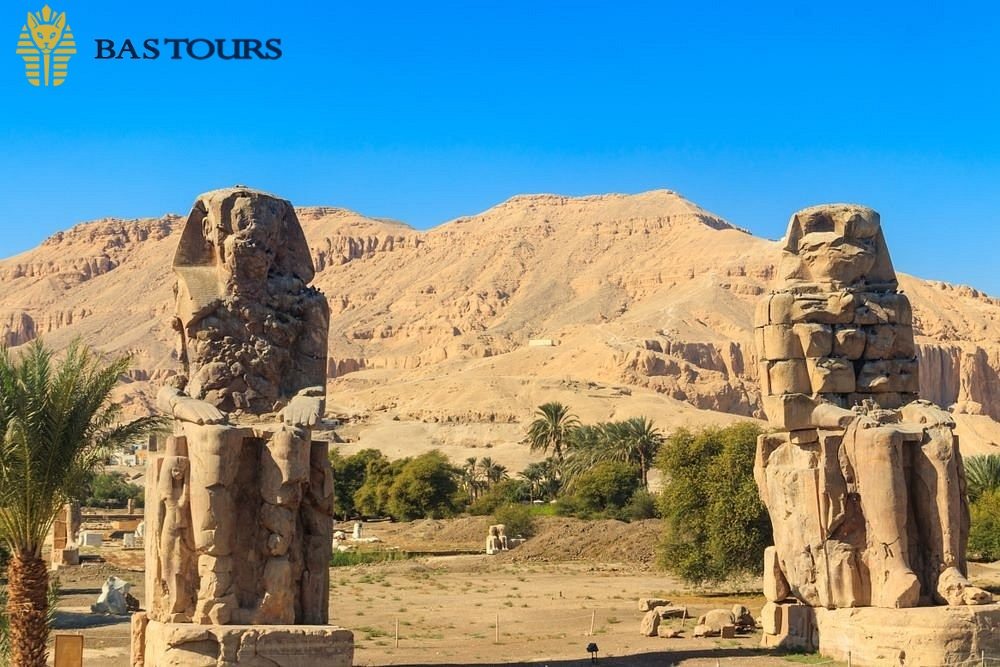
Walk Through Luxor Temple & Karnak Complex
Step into a timeless world as you explore the majestic Karnak Temple Complex and the awe-inspiring Luxor Temple, two of the most iconic open-air sanctuaries in Egypt. Together, they form the spiritual core of ancient Thebes, and walking between them is like tracing the footsteps of pharaohs, priests, and pilgrims across millennia.
Begin your journey at Karnak, the largest religious structure ever built by man. You’ll be instantly captivated by the towering Hypostyle Hall, with its 134 massive papyrus-shaped columns rising like a petrified forest toward the sky. Every inch of stone here is covered in hieroglyphs and reliefs that narrate epic battles, offerings to gods, and tales of eternal power. Don’t miss the Sacred Lake, where priests once purified themselves before rituals, and the Obelisk of Hatshepsut, one of the tallest and most graceful in all of Egypt.
From Karnak, a walk (or optional horse carriage ride) along the recently restored Avenue of Sphinxes takes you to the equally enchanting Luxor Temple, beautifully illuminated by the golden hues of late afternoon or evening. This temple wasn’t dedicated to a specific god, but rather to the divine aspect of kingship itself—making it a unique jewel in Egypt’s ancient crown.
Whether you’re marveling at the colossal statues of Ramses II, reading inscriptions beneath the lotus-bloom capitals, or simply soaking in the quiet aura of history, this walk is not just sightseeing—it’s a spiritual journey into the soul of Pharaonic Egypt.
Will you feel the pulse of ancient power beneath your feet as you stroll these sacred paths?

Optional Evening Activities
As the sun sets over Luxor, the city transforms into a magical realm of history and culture, offering you unforgettable evening activities that perfectly complement your daytime explorations. One of the most captivating options is attending the Sound & Light Show at Karnak Temple — a spectacular multimedia experience that brings the ancient stones to life. Through dramatic narration, enchanting lights, and evocative sound effects, the history of the mighty pharaohs and the legends of the gods unfold right before your eyes, allowing you to feel the grandeur of the Karnak Temple Complex in a way that words alone cannot capture.
For those who seek a more intimate cultural encounter, the Luxor Museum awaits with its impressive collection of artifacts. Here, you can delve deeper into the rich heritage of ancient Thebes, admiring exquisite statues, jewelry, and relics that tell stories of daily life, religious beliefs, and monumental achievements. The museum’s serene atmosphere and carefully curated exhibits offer a perfect contrast to the vastness of the temples, providing context and personal connection to the majestic sites you’ve visited.
Both options allow you to extend your Luxor adventure into the evening hours, creating memories that linger long after the lights dim. Whether you choose the immersive spectacle of the Sound & Light Show or the contemplative journey through the Luxor Museum, your night will be filled with wonder and insight into Egypt’s timeless legacy.
Are you ready to experience Luxor’s history in a way that will captivate your senses and deepen your appreciation of this ancient city?
Day 1: Luxor – Temples & Ancient Wonders
Top Restaurants in Luxor:
-
1886 Restaurant (Winter Palace Hotel)
Cuisine: Fine French dining
Price: $40–60 per person
Details: Located inside the historic Sofitel Winter Palace, this restaurant offers an elegant ambiance and exquisite cuisine. -
Al-Sahaby Lane Restaurant
Cuisine: Traditional Egyptian & vegetarian options
Price: $10–20 per person
Details: Rooftop setting with direct views of Luxor Temple and the Nile. -
Sunflower Restaurant
Cuisine: Oriental & international
Price: $10–15 per person
Details: Known for its authentic flavors, family atmosphere, and great value.
Recommended Hotels in Luxor:
-
Sofitel Winter Palace Luxor (5★)
Price: $180–240 per double room/night
Details: Iconic luxury hotel with lush gardens, Nile views, and colonial charm. -
Hilton Luxor Resort & Spa (5★)
Price: $160–200 per night
Details: Modern luxury resort with infinity pool, spa, and riverfront location. -
Aracan Eatabe Luxor Hotel (4★)
Price: $75–95 per night
Details: Centrally located with spacious rooms and comfortable amenities.
Day 2 – The Charm of Aswan: Philae, High Dam & Nile Felucca Ride
Embark on a scenic journey to Aswan, a city where the Nile flows gently and history blends with nature. Experience a day filled with iconic landmarks, including the enchanting Temple of Philae, located on its own island, and a peaceful Nile felucca ride around Kitchener’s Island. Discover the impressive Aswan High Dam and the intriguing Unfinished Obelisk, while optional visits to the Nubian Museum and a traditional village offer a deeper cultural insight.
Travel to Aswan
marks the beginning of a remarkable journey from Marsa Alam to one of Egypt’s most serene and historically rich cities. As you head south in a comfortable, air-conditioned private vehicle, you’ll witness the gradual transformation of the landscape from the arid desert surroundings of Marsa Alam to the lush banks of the Nile River that have nurtured civilizations for millennia. This transfer is more than just a ride—it’s your gateway to exploring Aswan’s unique charm, where the Nile reveals its tranquil side, inviting travelers to unwind while immersing themselves in Egypt’s timeless beauty.
Aswan, known for its picturesque Nile scenery and laid-back atmosphere, offers a perfect blend of natural wonders and ancient heritage. The journey sets the tone for your upcoming adventures, giving you a chance to relax, enjoy the stunning views, and anticipate the unforgettable experiences ahead. Along the way, you’ll pass quaint villages, palm groves, and the vast desert merging into the fertile Nile Valley, offering plenty of photo opportunities to capture the essence of southern Egypt.
This smooth and scenic transfer is designed to provide comfort and convenience, ensuring you arrive refreshed and ready for the day’s explorations. Whether you’re traveling solo, with family, or friends, the journey to Aswan offers moments to reflect and prepare for the cultural treasures awaiting you—from the majestic Temple of Philae to the engineering marvel of the High Dam and the peaceful sail on a traditional Nile felucca. Every mile brings you closer to immersing yourself in authentic Egyptian culture and history.
Ready to experience the peaceful beauty and rich heritage of Aswan? Your journey starts here—comfortably, smoothly, and memorably.
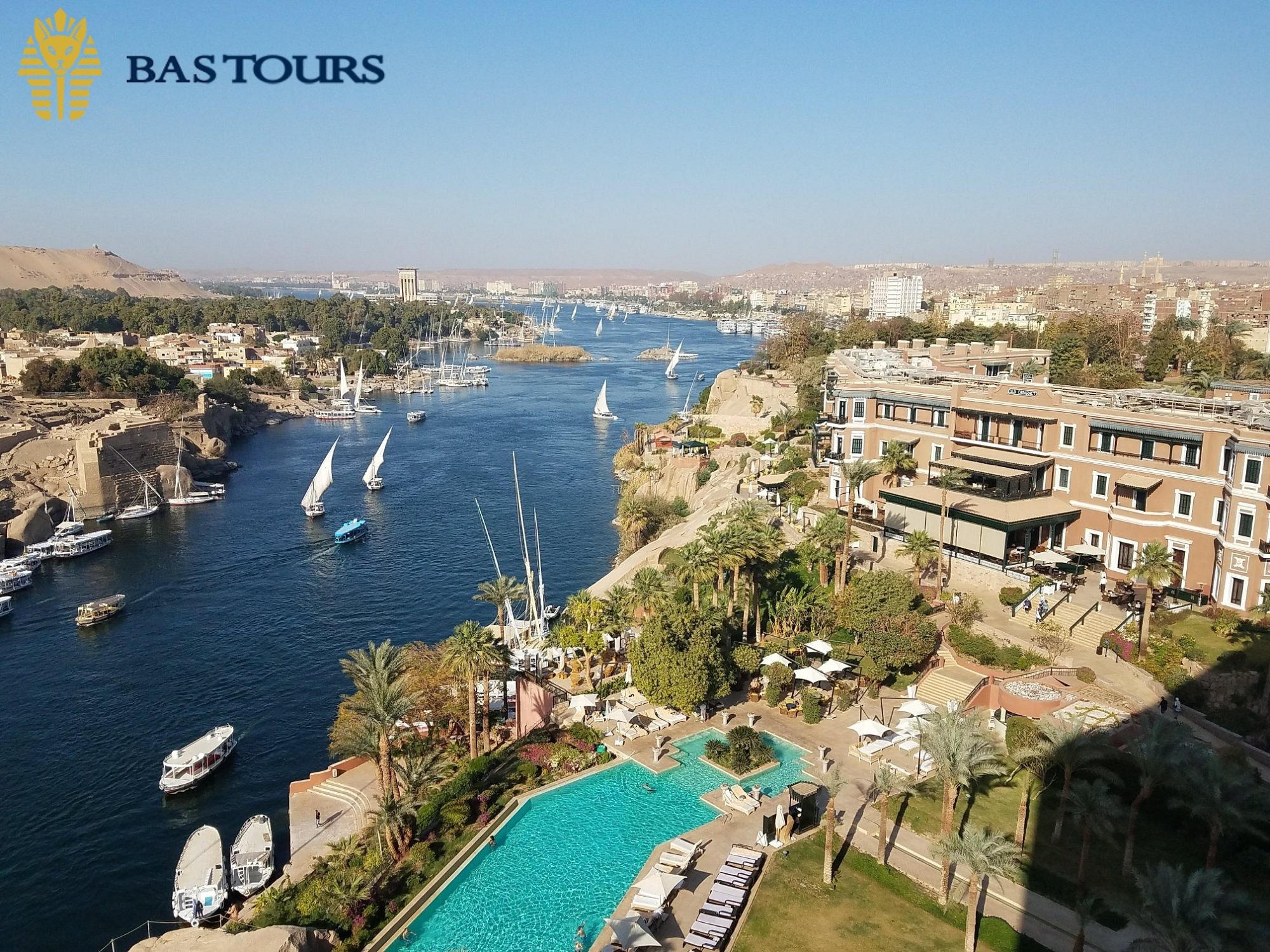
Visit the Temple of Philae
offers an extraordinary journey to one of ancient Egypt’s most enchanting sacred sites, dedicated to the powerful goddess Isis. Nestled on Agilkia Island in the middle of the Nile River near Aswan, this temple complex is not only a masterpiece of Pharaonic architecture but also a testament to the resilience of Egyptian heritage. After the construction of the Aswan High Dam, the original temple site was at risk of flooding. Thanks to an extraordinary UNESCO-led relocation project, the entire complex was carefully dismantled and reconstructed stone by stone on Agilkia Island, preserving its grandeur for generations to admire.
To reach the Temple of Philae, visitors embark on a serene and scenic boat ride across the Nile, offering stunning panoramic views of the river’s calm waters and lush surroundings. This peaceful crossing sets the stage for a memorable visit, immersing you in the tranquil atmosphere that has drawn worshippers and travelers for thousands of years. Upon arrival, you will be greeted by imposing pylons, intricate hieroglyphics, and beautifully carved reliefs that tell stories of Isis’ divine powers and the rituals performed to honor her.
The temple’s architecture blends traditional Egyptian styles with influences from the Ptolemaic period, showcasing the artistic fusion that characterized this era. Exploring the complex, you will encounter various chapels, sanctuaries, and open courtyards designed for spiritual ceremonies and offerings. The sacred Kiosk of Trajan, an elegant pavilion with delicate columns, offers breathtaking views of the Nile and is a highlight not to be missed.
Visiting the Temple of Philae is more than just sightseeing—it’s an immersive experience into the religious heart of ancient Egypt, where myths come alive amid stunning surroundings. Whether you’re an archaeology enthusiast or a curious traveler, this site promises awe and inspiration at every turn. Ready to uncover the secrets of Isis and explore this island sanctuary?

Nile Felucca Ride Around Kitchener’s Island
offers a peaceful escape into the heart of Aswan’s natural beauty aboard a traditional Egyptian felucca—a wooden sailboat that has gracefully navigated the Nile for centuries. As you set sail on the calm, shimmering waters surrounding Kitchener’s Island, also known as Botanical Island, prepare to be enveloped by tranquility and stunning scenery.
The gentle breeze fills the sails as your felucca glides smoothly along the river, providing breathtaking views of lush greenery, vibrant birdlife, and distant desert landscapes. This serene journey is perfect for those seeking a moment of relaxation and connection with nature away from the bustling city. The island itself is a lush botanical garden, home to exotic plants and trees introduced during the British colonial era by Lord Kitchener, offering a unique blend of natural splendor and historical intrigue.
Your skilled felucca captain expertly navigates the winding waterways, allowing you to absorb the peaceful ambiance and capture unforgettable photos of the Nile’s iconic views. The ride is ideal for families, couples, and solo travelers alike, offering a timeless glimpse into traditional Egyptian river life.
Whether you choose to drift quietly beneath the sun or watch the sunset paint the sky in vivid hues, the felucca ride around Kitchener’s Island is an enchanting highlight of your Aswan visit. This experience not only showcases the serene beauty of the Nile but also connects you with Egypt’s rich cultural heritage and age-old traditions.
Ready to embark on this classic Nile adventure and soak in the magic of Aswan’s waters?



